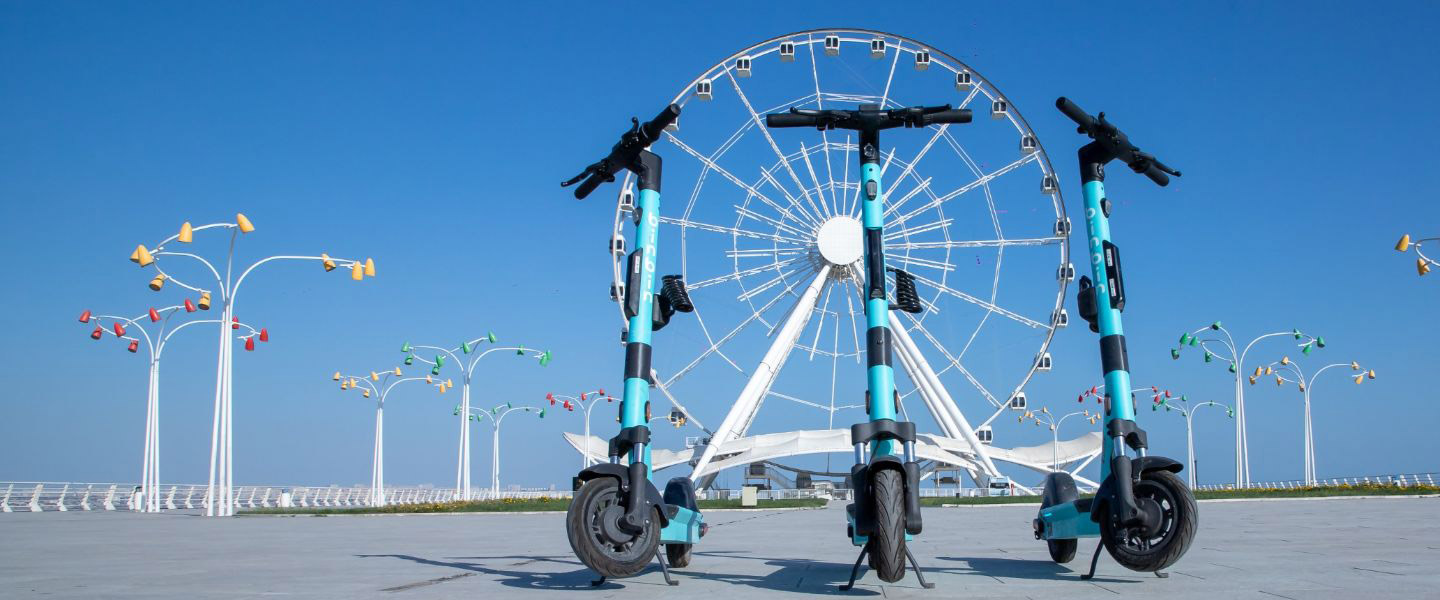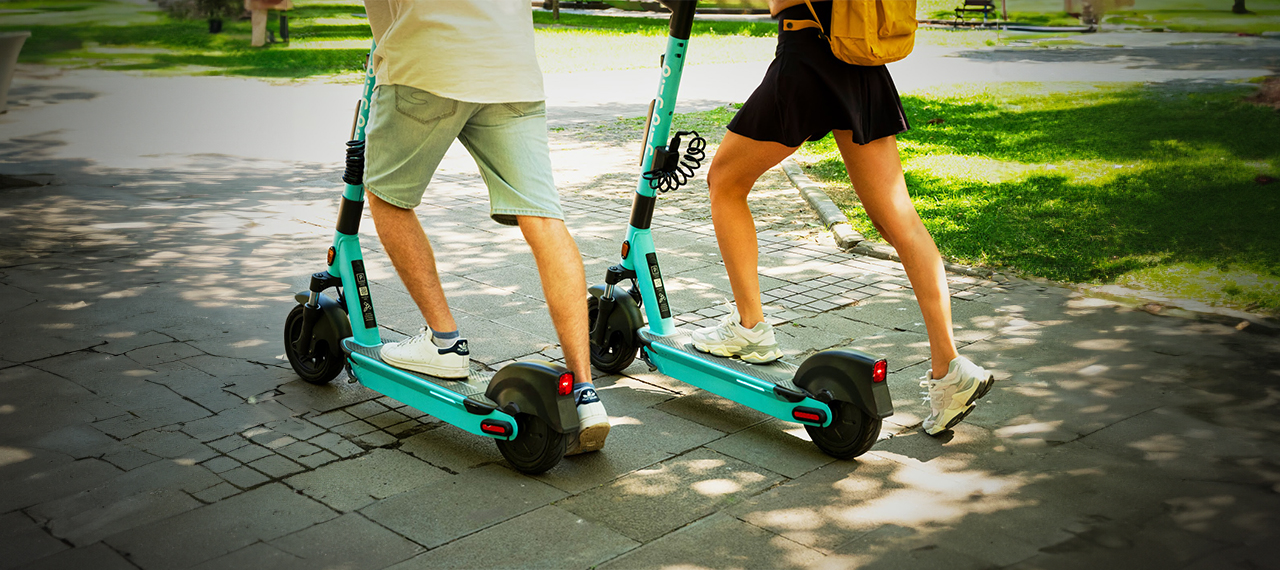As population density increases in metropolitan areas, micromobility is the most environmentally friendly solution against carbon emissions on roads with millions of vehicles. The average passenger car emits 2.35 grams of carbon emissions for every 1 liter of gasoline consumed. With over 4.6 million registered vehicles in Istanbul alone earlier this year, the scale of environmental damage is considerable. Micromobility, which includes innovations such as electric scooters, offers both an environmentally friendly and practical experience with a ‘zero carbon’ footprint. So what is micromobility, which has been on the agenda of the world and Turkey for the last few years? Which vehicles does micromobility include and what benefits does it offer?
What is Micromobility?
The answer to the question of what micromobility is, in the simplest definition, is small and light vehicles with an average speed of 25 kilometers per hour. Micromobility vehicles can be human-powered, such as bicycles and skateboards, or electric, such as e-scooters. They can be purchased privately and can also be shared. The speed of micromobility vehicles is usually around 20 kilometers per hour, but can exceed 40 kilometers at medium speeds.
When we look at the history of micromobility, station-based use of bicycles was possible as early as the 70s. In the 2000s, free bicycle sharing came to the fore. The widespread use of technologies such as smartphones and GPS paved the way for the shared use of micromobility vehicles. By 2017-2018, scooters with electric motors became an important element of micromobility.
What are the Benefits of Micromobility?
The use of private cars in urban transportation is not only a source of carbon emissions and greenhouse gases, but also a serious cause of traffic. In cities such as Istanbul, Ankara and Izmir, people lose up to 1 hour every day due to traffic. Research shows that nearly half of the automobile trips in the city are made for distances shorter than 5 kilometers. At this point, the use of passenger cars for short distance journeys in the city is both a waste of time and environmental damage. Micromobility, on the other hand, stands out with both time savings and zero carbon impact. The benefits of micromobility technologies can be listed as follows:
- Micro-mobility reduces traffic levels within the metropolis.
- With its sustainable environmental approach, it reduces carbon emissions from fossil fuels.
- It allows you to travel without getting stuck in traffic and without wasting time.
Micromobility vehicles are becoming increasingly widespread, with significant value created on the urban transportation side. According to NUMO Mobility Association data, electric scooters are used in more than 600 cities around the world. With the emergence of the shared e-scooter experience, these vehicles have been used more than 300 million times. This data demonstrates the global value created by electric vehicles, even over a period of a few years.
The Most Important Solution for Urban Transportation Problem
Continued migration to urban centers shows that urban transportation, which is not in a good condition even today, will be even worse in the coming decades. Studies show that by 2050, nearly 70 percent of the world’s population will live in cities. The traffic density, which can reach 90 percent in Istanbul, shows that urban transportation may pose more serious problems in the future.
Micromobility has become an important part of urban transportation with its prominent benefits. In Turkey, according to research, electric scooters have been used by more than 3 million people and this number continues to increase. Those who want to experience a quiet, economical and environmentally friendly driving experience with electric vehicles are becoming a part of micromobility.
BinBin, which has been an important part of micro mobility since 2019, invites you to an environmentally friendly and practical driving experience with its advanced electric scooter.






